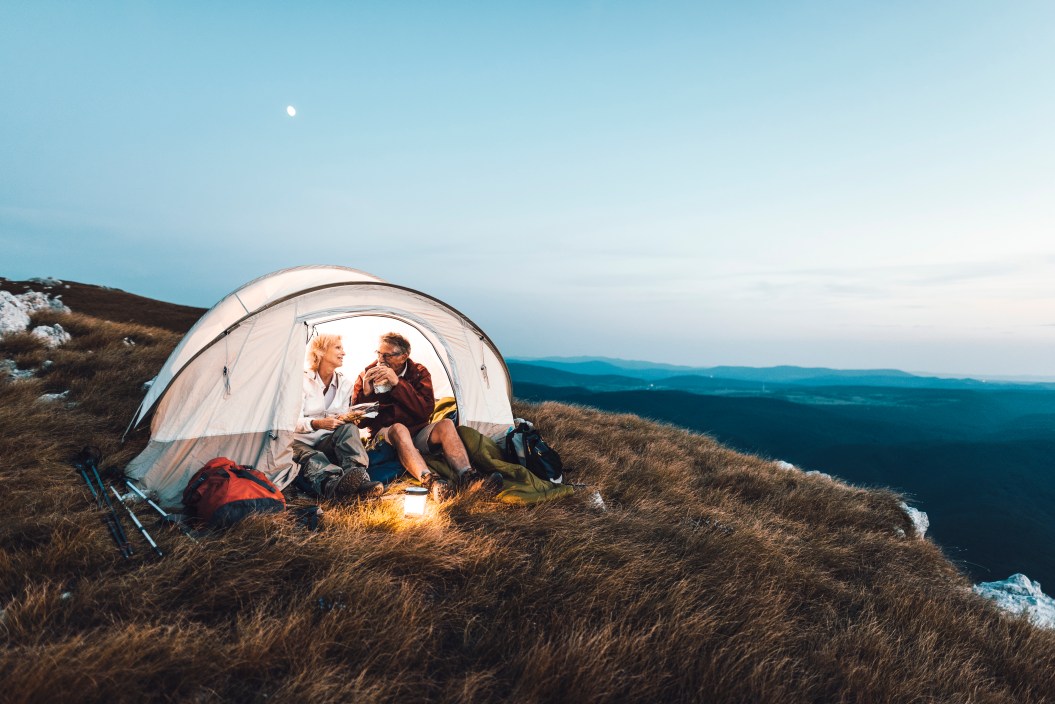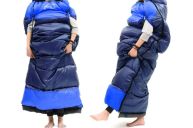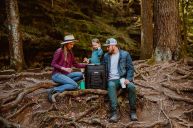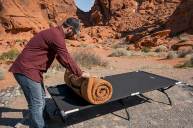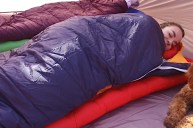There's nothing quite like getting out into the backcountry; the fresh air, views, wildlife, and solitude are undeniably amazing. The price, most of the time, is being somewhat uncomfortable. Whether it's bland dehydrated food or a subpar sleep setup, backpacking requires you to be uncomfortable to some extent.
But it doesn't have to be as bad as you might think.
I work as a backpacking guide and also regularly spend a significant amount of my personal time getting out into the backcountry. I have backpacked thousands of miles, including thru-hiking the Pacific Crest Trail, in a variety of conditions and environments. And I've found ways to make some of the less comfortable parts of backpacking much more bearable.
When pack weight matters, there isn't a ton of room for luxuries. But there are certain items that are absolutely worth the added weight—especially when it's not very much weight at all. Here are my top must-brings for adding max comfort and minimal weight while backpacking.
1. A real camping pillow
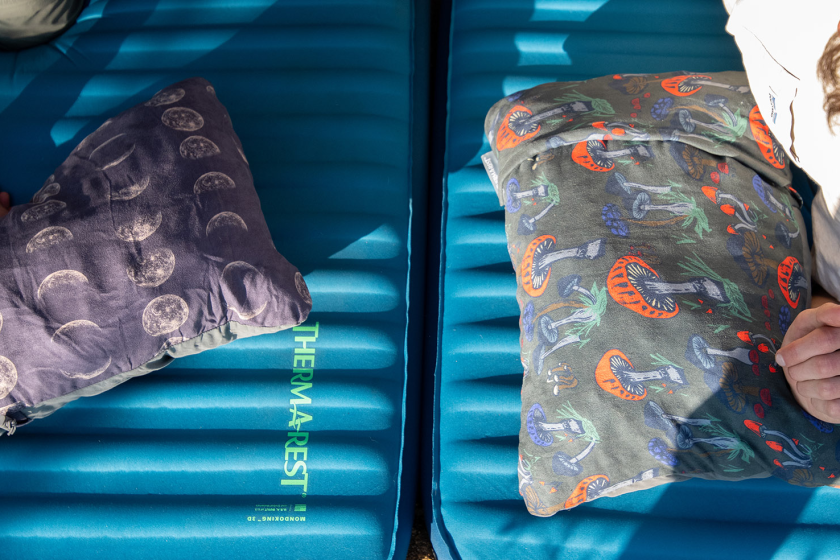
When we spend all day walking from one sleeping place to another, sleep quality is super important. I don't know about you, but I've never had a good night's sleep with those inflatable pillows. They're noisy, always seem to roll out from under my head, and mine are constantly getting holes in them.
The ThermARest foam pillow are the only camp pillow I'll use and I never head out without it. The foam pillow is comfortable, light, packs down tiny, and comes in a few different sizes and patterns.
2. Comfy camp shoes
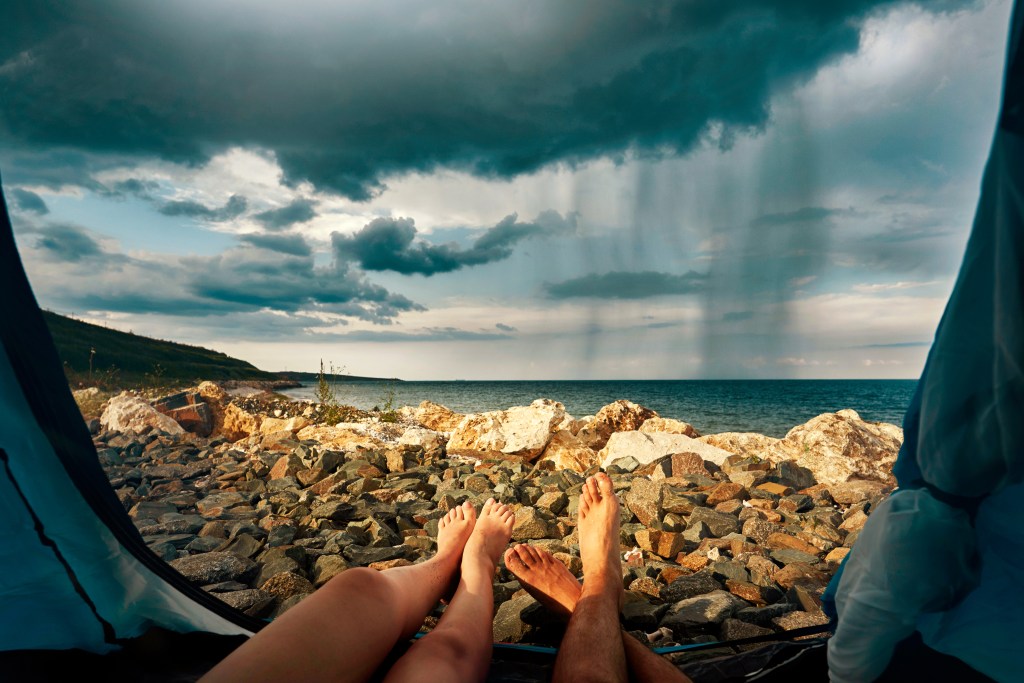
Nothing is worse than hiking all day, finally getting to camp, taking off your shoes to relax—only to realize you need to grab water from the stream, your jacket from your tent, or something else that requires re-lacing instead of chilling.
Camp shoes are a gift from the heavens when tour poor feet have been working so hard to carry you to where you are. I personally love Crocs because they're so light in your pack yet your feet can slide in and out as you go between chores and relaxing at camp.
3. A kindle
Reading is a great activity in the backcountry, but let's be honest, books are heavy. A Kindle Paperwhite is lighter, plus a full charge will last the length of most backpacking trips (even for an avid reader). Plus, Kindles store more books than most people will ever read in their whole lives, so that leaves plenty of options in the backcountry. Some Kindle models are even water-resistant and the backlight is gentle enough to read in the tent next to someone else without disturbing them.
At $140, they're an investment, but I find they prove their worth time and time again.
4. A trigger-point massage ball
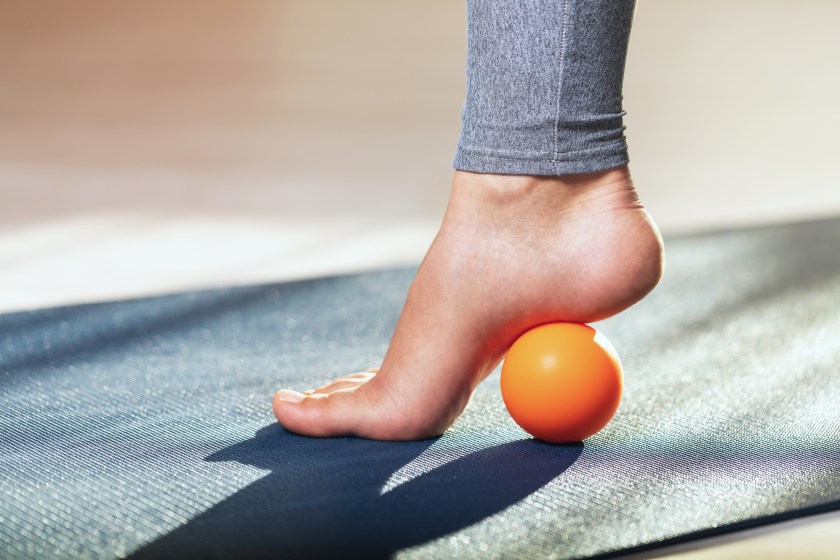
Backpacking is hard on your body. As someone who is prone to plantar fasciitis and shin splints, a trigger point massage ball is my most needed body-care item. Standard foam rollers, of course, take up way too much space. But these small therapeutic balls are light and will help soothe sore muscles all over your body. Building a routine of using them before muscles start to ache is also great preventative care.
5. A neck gaiter
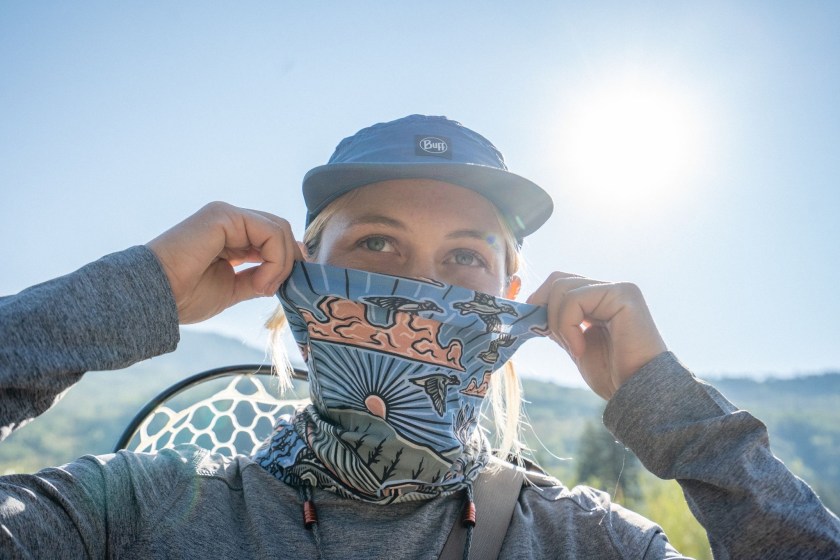
A Buff may be the single most versatile piece of gear in my kit. Headband, neck warmer, eye mask, scrunchy, towel, handkerchief, pot holder, debris filter for water, and so much more, this lightweight item has nearly endless functions. I most commonly use mine as a headband to keep sweat out of my eyes when it's hot and a neck warmer when it's cold, but buffs have come through for me in so many situations. I always adventure with at least two of them, and they are available in so many fun patterns and colors which helps add a bit of personality to your gear.
6. Fresh food
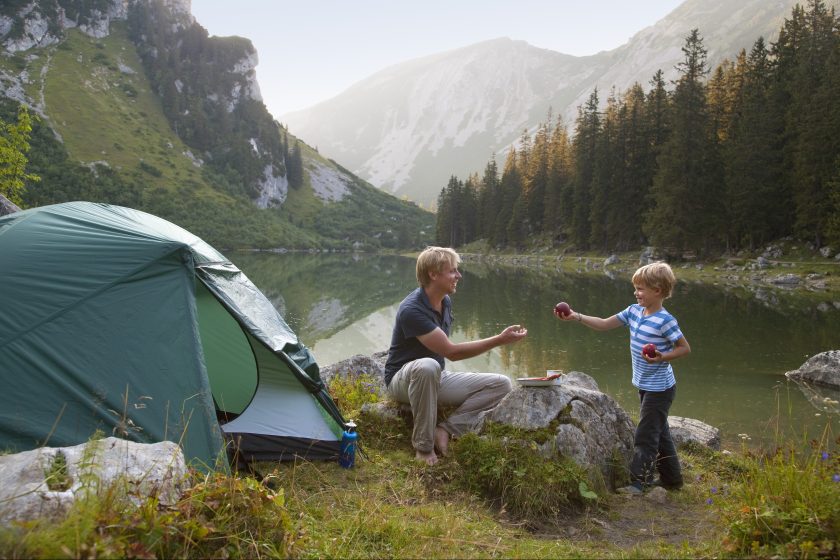 When you're a few days out in the wilderness and still have a few days left to go, I find that nothing wards off missing society quite like fresh food. Whether I've packed in one of those bagged salads with all the fun ingredients or a fresh avocado for some trail guacamole, fresh foods really hit the spot and provide quality nutrition and a taste of civilization, even deep in the backcountry.
When you're a few days out in the wilderness and still have a few days left to go, I find that nothing wards off missing society quite like fresh food. Whether I've packed in one of those bagged salads with all the fun ingredients or a fresh avocado for some trail guacamole, fresh foods really hit the spot and provide quality nutrition and a taste of civilization, even deep in the backcountry.
Just make sure you're storing it in a bear-proof container.
READ MORE: 10 Hacks to Make Backpacking Meals Taste Better
7. Wet wipes
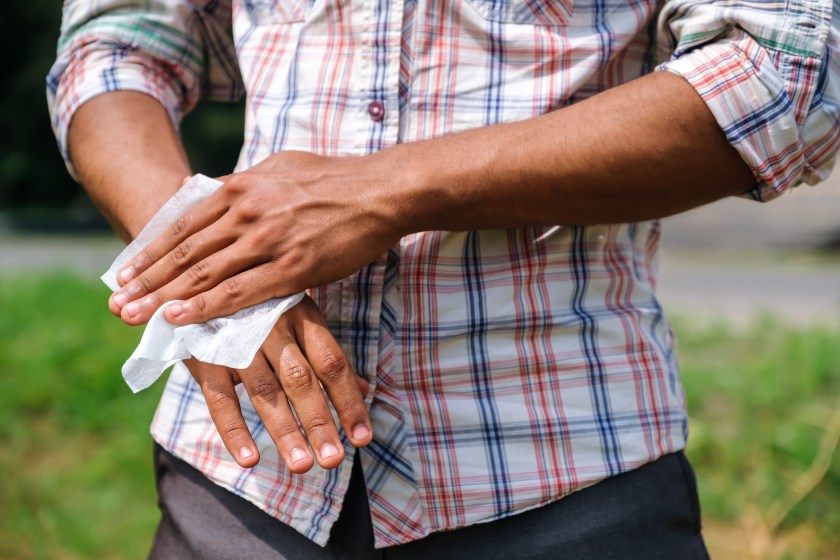
While you can't take a proper shower when out backpacking, it doesn't mean you have to be dirty the whole time. Bringing a small pack of wet wipes is a quick way to "backcountry shower" and at least get the dirt out from between your toes to let your feet breathe. A quick wet wipe shower at camp after a sweaty day will have you feeling fresh when you climb into your sleeping bag, and they can also be used in place of toilet paper. Just remember to Leave No Trace and pack them out, and to opt for scent-less varieties for wild animals.
8. A bug net
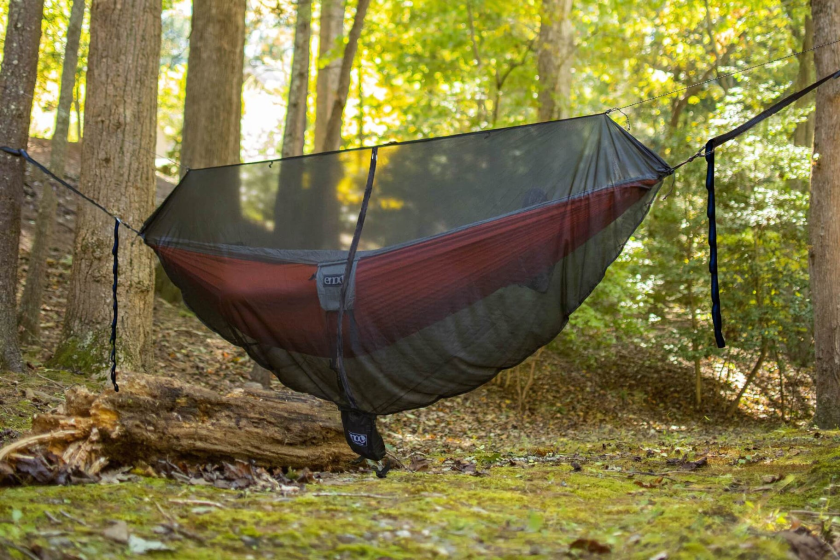
I much prefer hammock camping to tent camping, but one of the downsides of hammocking is not having built-in protection from nature's worst resident: mosquitos. With Sea to Summit's hammock bug net that can be set up in less than two minutes, you'll smile as you lay in your bug-proof fortress, hanging in the trees victoriously.
READ MORE: Campfire Cooking 101: The Basics to Know and the Gear to Have
